Recent Articles
Popular Makes
Body Types
10 of the All-Time Best British Sports Cars
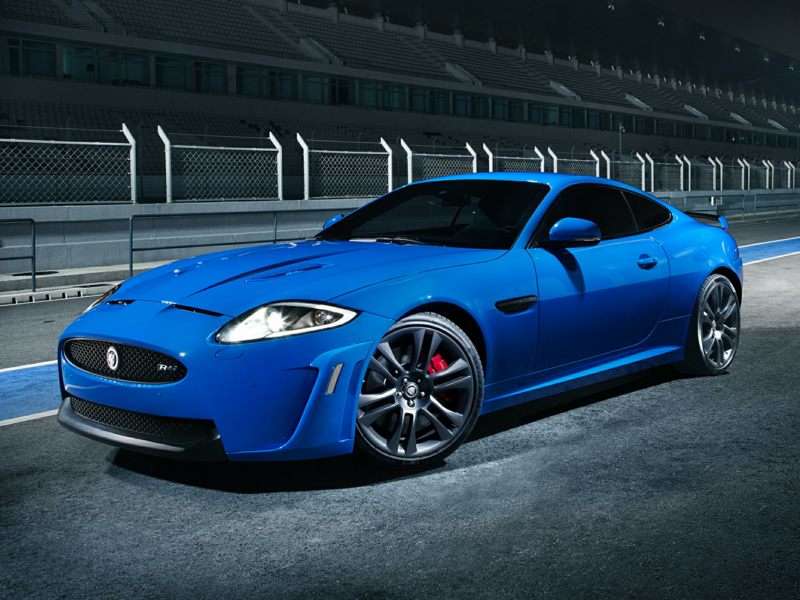
jaguar xk blue
British sports cars have long lit the imaginations of American drivers. Whether they be Little British Cars of frustrating reliability, exotic pieces of performance history, or more modern incarnations with supercar potency, sports cars hailing from the Isles hold a special place in the automotive canon.
We've put together a short list of ten of the best British sports cars to start the conversation about which vehicles produced across the Atlantic are truly the most iconic. You might not agree with all of the automobiles we've included, but it's hard to deny the impact that these models had in their day.
1) Lotus Exige
The Lotus Exige can be thought of as perhaps the ultimate expression of the 'add lightness' philosophy espoused by Colin Chapman, founder of the legendary British sports car brand. The Lotus Exige is one of the most hardcore cars amongst its contemporaries - difficult to get in and out of, and not all that comfortable. But it features an ultra-low curb weight, excellent balance, and just enough power from its Toyota-sourced four-cylinder engine to make it one of the most popular track weapons available. Sadly, the Exige is no longer on sale due to increasingly strict safety regulations that eliminated its exemption from certain types of equipment requirements.
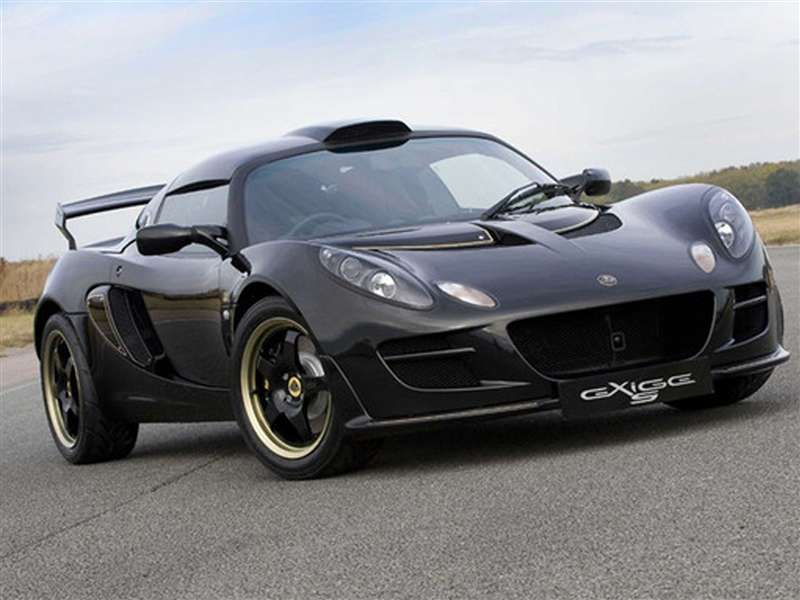
2) Jaguar XKR-S
The Jaguar XKR-S is major step forward for the two-door coupe produced by one of England's most renowned marques. The Jaguar XKR-S is based on the already-quick XKR, but it turns up the performance by adding a louder exhaust system, a revised suspension, striking aerodynamic bits to the front and rear of the vehicle, and the most powerful engine in the Jaguar lineup: a 5.0-liter V-8 that has been supercharged to deliver 550 horsepower and 502 lb-ft of torque. A six-speed automatic transmission outfitted with paddle shifters helps the XKR-S reach 60-mph from a standing start in impressive 4.3 seconds.

3) MG MGB
The MG MGB is perhaps the prototypical LBC (Little British Car). Most popularly found in its roadster body style, the MGB GT offered a coupe edition for those who weren't interested in having the wind ruffle their hair. The MGB was notable for its four-cylinder engine, its introduction of several modern concepts into the British sports car lexicon (such as its monocoque design), and its exceptional handling. Although not quick by modern standards, the MGB's peak horsepower hovered around the 100 pony mark, which made it more than fun to pilot down twisty roads. Most of the roadsters that were produced were sent over to America, where they became the ambassadors of the joys of British motoring and served as a counter-point to the excesses of Detroit throughout the 60's and 70's.
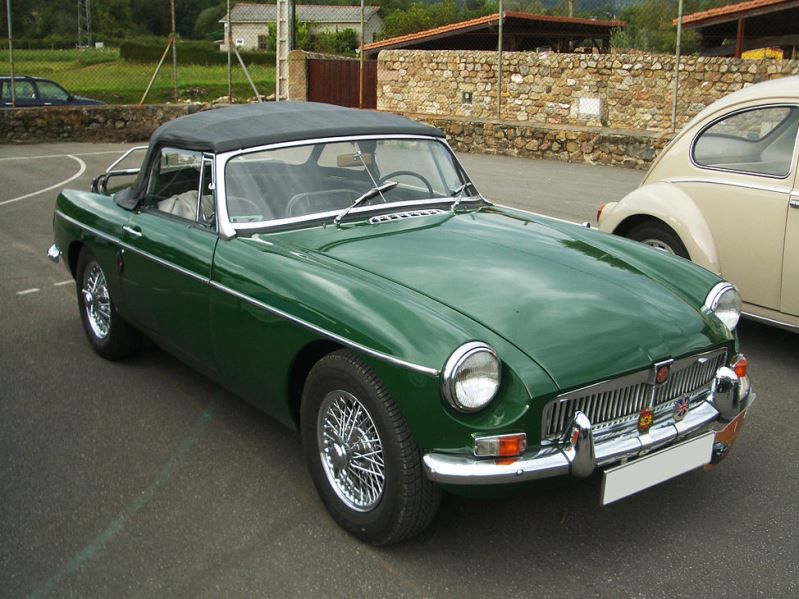
Photo by Wikimedia Commons
4) Triumph TR6
The Triumph TR6 was a contemporary of the MGB, but its six-cylinder engine made it something of a rocket in comparison when pitting the two against each other in a drag race. The TR6's 2.5-liter, inline six-cylinder engine put out between 125 and 150 horsepower depending on whether it was carbureted or fuel injected, and the compact roadster featured a traditional body-on-frame design. Roughly four seconds faster the 60-mph than a comparable MGB, the TR6 also came with a four-speed manual transmission that could be paired with an overdrive for better highway economy.
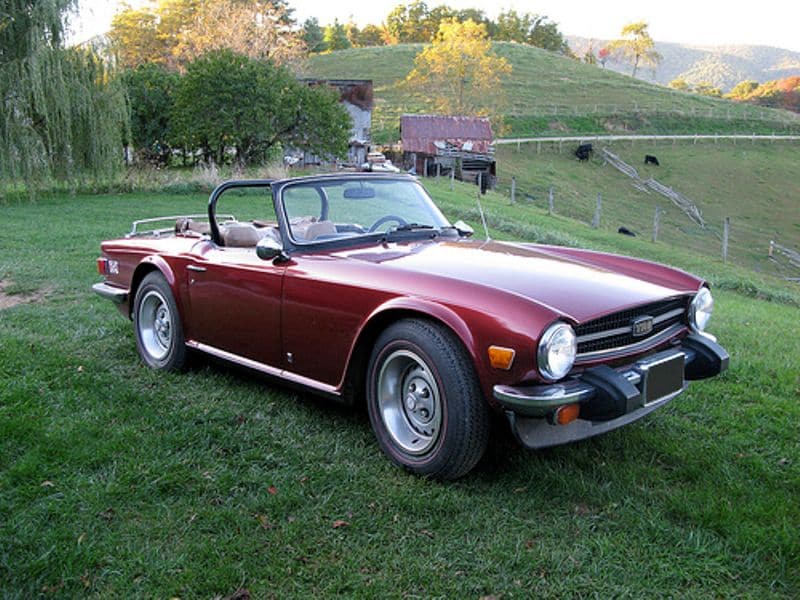
Photo by Wikimedia Commons
5) Jaguar E-Type
The Jaguar E-Type is historically recognized as being one of - if not the most - beautiful vehicle designs of all time. Capable of looking like it is going 150 miles per hour even when parked, the Jaguar E-Type personified British sports car appeal throughout its production in the 1960's, and continued to attract considerable attention even when its looks were watered down the following decade. Available in both coupe and convertible models, the E-Type was offered first with a large six-cylinder engine and then eventually with a V-12. Although the 12-cylinder E-Type was not quite as sporty as its predecessors, the exotic nature of its advanced cylinder count gave it considerable appeal amongst American Anglophiles.
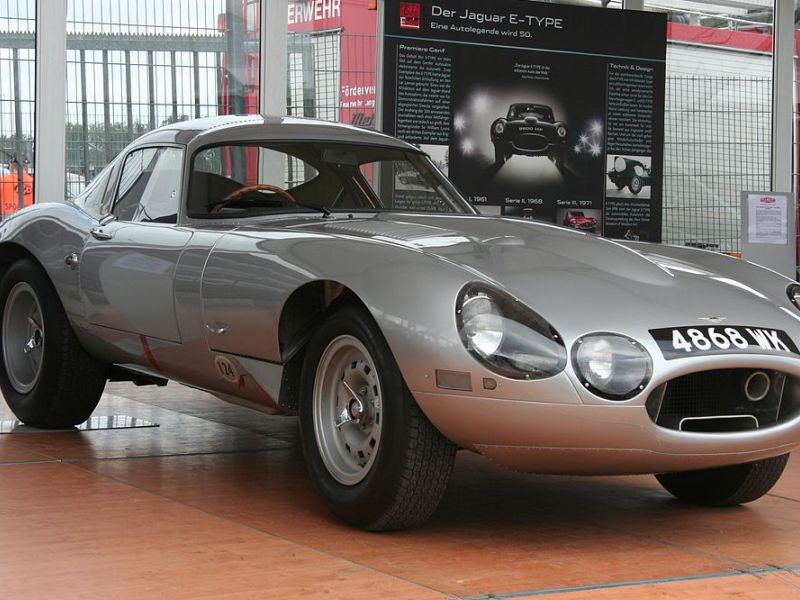
Photo by Lothar Spurzem
6) AC Cobra
The AC Ace was a relatively unknown six-cylinder roadster that plied British roads during the early 1960's. It wasn't until a man named Carroll Shelby discovered the Ace platform and decided it would be an excellent place to deposit a Ford-sourced V-8 engine that the AC Cobra was born - a name that would march into the record books as a high performance legend and one the scariest rides to have ever been built. The AC Cobra was available with either a 289 cubic inch or a 427 cubic inch V-8 under its hood, and with a curb weight in the neighborhood of 2,000 lbs the overwhelming horsepower produced by its mammoth motors made it a handful to drive - and helped to launch tens and tens of fiberglass reproduction kit companies in the decades following its production.
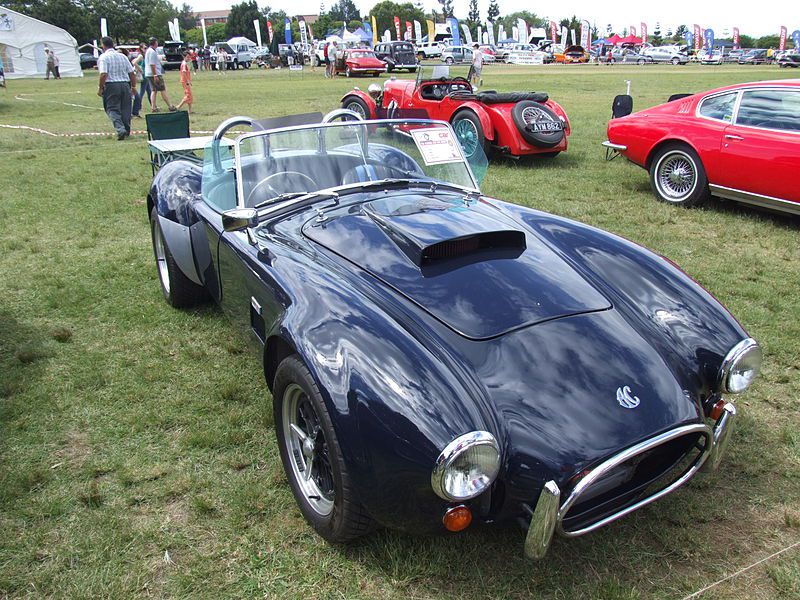
7) Caterham 7
The Caterham 7 is an unlikely road-going beast, a British sports car - still in production today - that is based on the original Lotus 7. At one time a kit car, the Caterham 7 features vestigial fenders and no roof, making it one of the purest performance vehicles around. The Caterham 7's lightweight design gives it a handling advantage, and over the years the model has hosted a number of different powertrains from a variety of automakers and motorcycle companies under its bonnet. In the grassroots motorsports scene, it's popular to build 'Locost 7' cars, which are inexpensive clones of the Caterham built at home using readily available parts.

Photo by Wikimedia Commons
8) Mini Cooper S
The MINI Cooper S proved that front-wheel drive cars could hang with their rear-wheel-drive rivals when it came to delivering thrills on the track. The MINI Cooper S was unveiled in 1963 as a much more powerful version of the Cooper micro-car, and the wheels-at-each-corner design gave the vehicle excellent stability and the ability to go around a corner with a speed that belied its humble origins. Tiny dimensions, featherweight construction, and rev-happy four-cylinder engines have made the Cooper S a cult figure in the automotive community. Not to be confused with the much larger MINI Cooper S currently built as a subsidiary of BMW.

Photo by Wikimedia Commons
9) Aston Martin DB5
The Aston Martin DB5 - like the XKR-S - skirts the line between sports car and GT car due to its size and weight. With almost 300 horsepower from a six-cylinder engine, the DB5 certainly offered startling performance for its day, in addition to styling that is strikingly beautiful. Of course, it would be impossible to mention the Aston Martin DB5 without also making the Bond connection - the James Bond connection. Famous for its turn as the original gadget-laden coupe used by Sean Connery to dispatch the bad guys in 'Goldfinger,' the DB5 will live on forever in the celluloid dreams of espionage fans around the world.
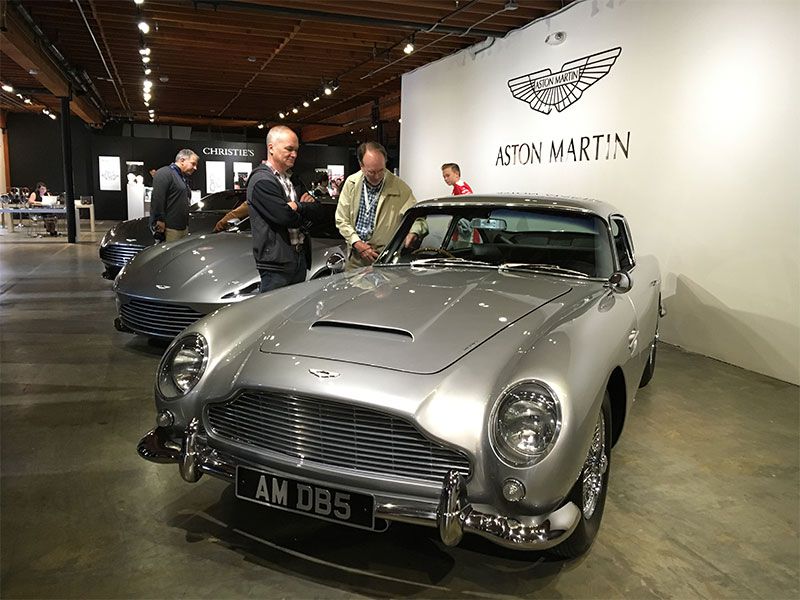
Photo by Miles Branman
10) Lotus Elan
This list of great British sports cars began with a Lotus, and so it's only fitting that it end with one, too. The original Lotus Elan debuted in 1962 and its fiberglass shell, steel 'backbone' chassis, and incredible handling were eclipsed only by the fact that it somehow weighed only 1,500 lbs. A twin-cam four-cylinder engine gave the Elan a high-spirited drivetrain to give it a personality all its own, and no one other vehicle of its time was capable of matching its road-holding ability. The Elan was such a landmark design that it went on to inspire engineers and designers half a world away, where it became the standard against which development of the Mazda Miata was measured - a car that itself would take the spirit of the Little British Car movement and modernize it with Japanese reliability and modern design.

Photo by Megan Green